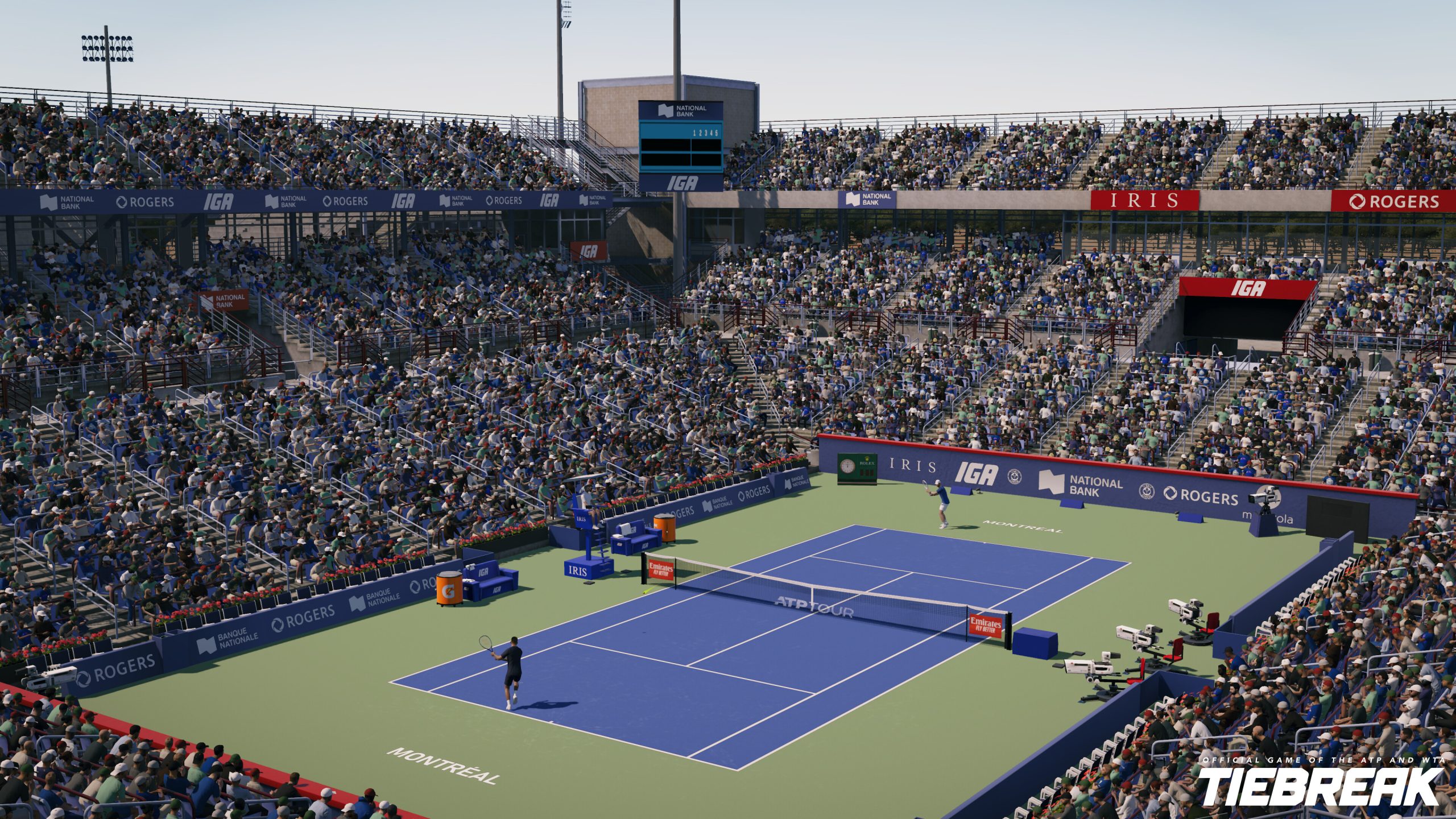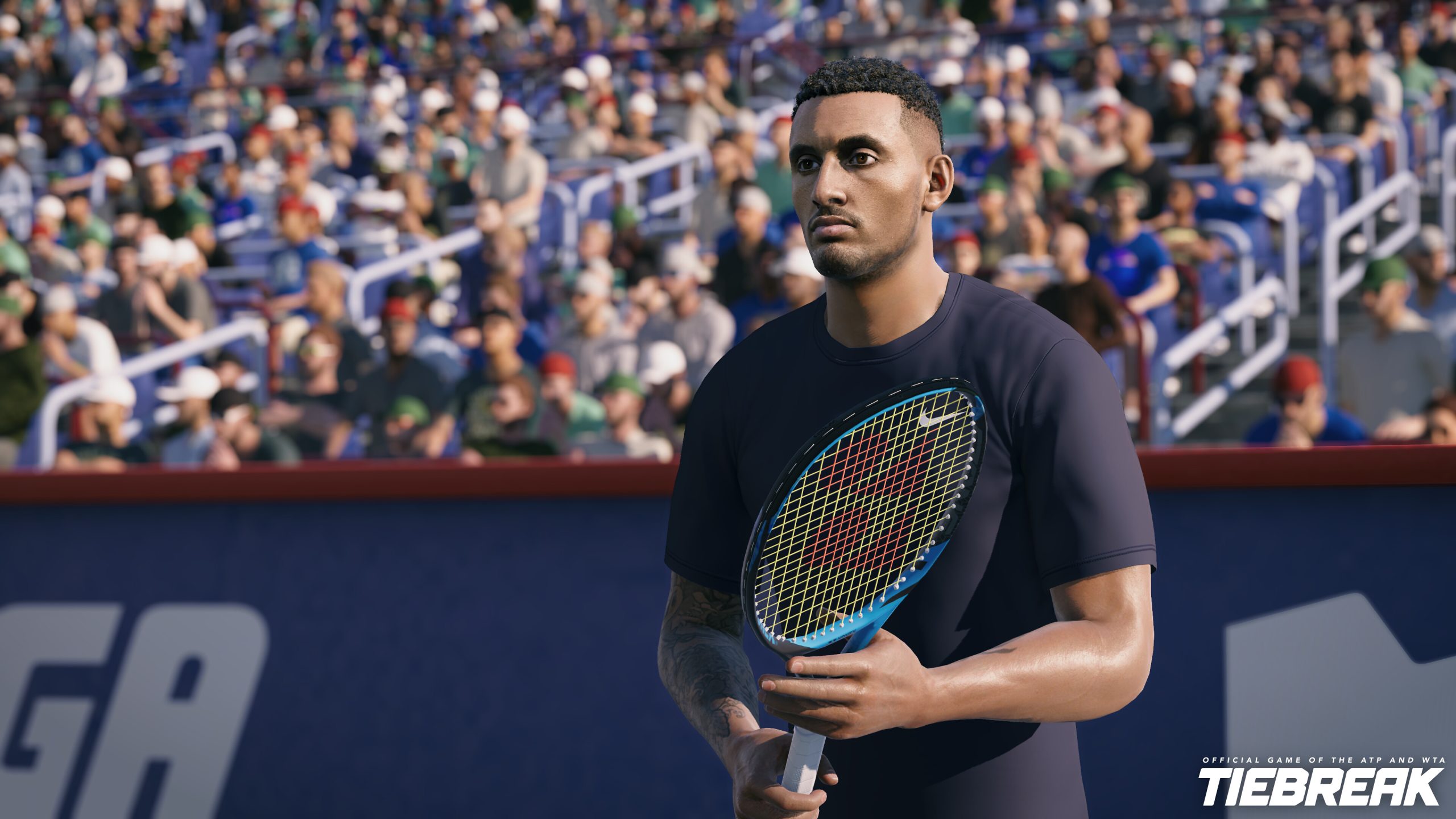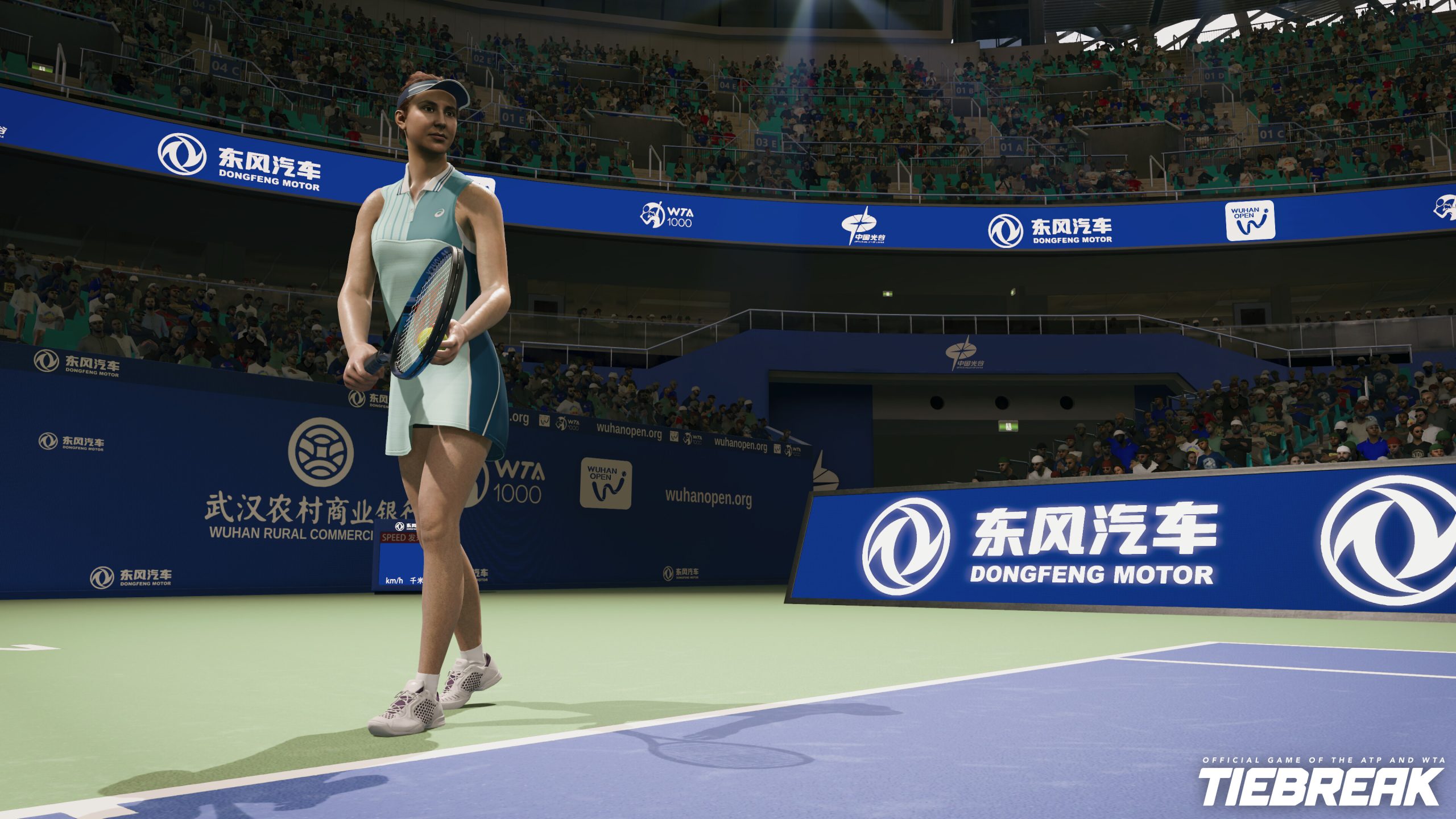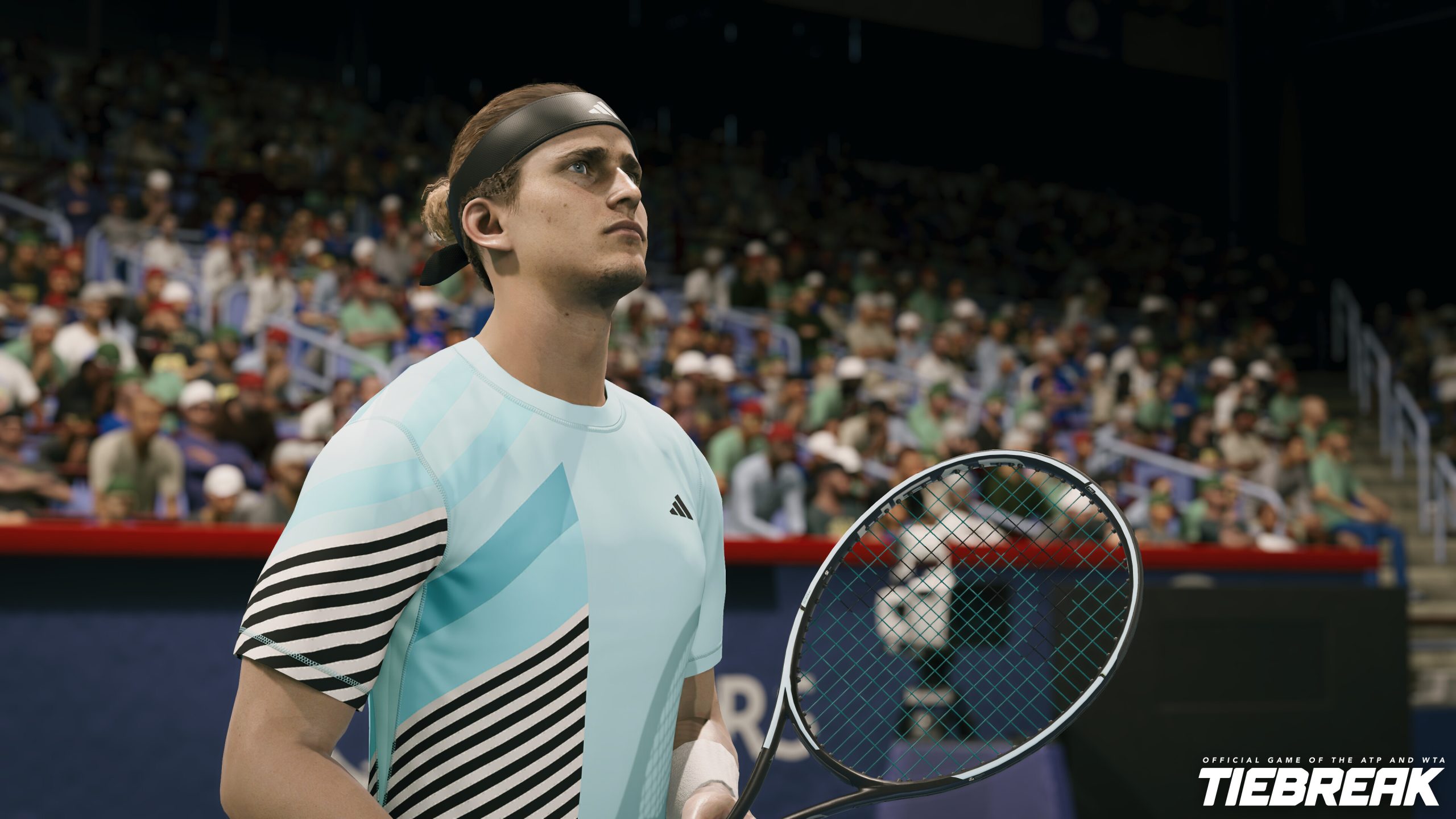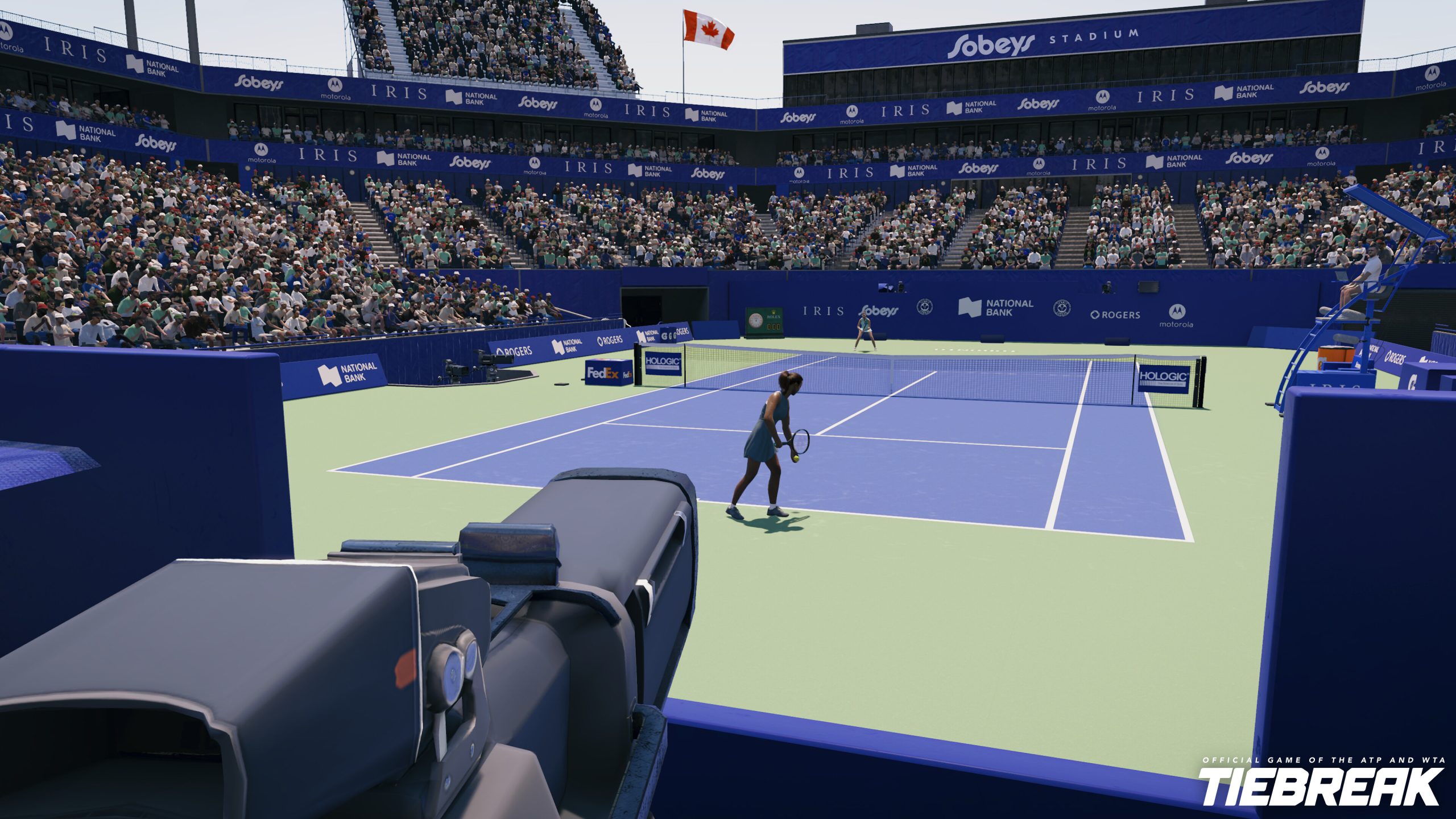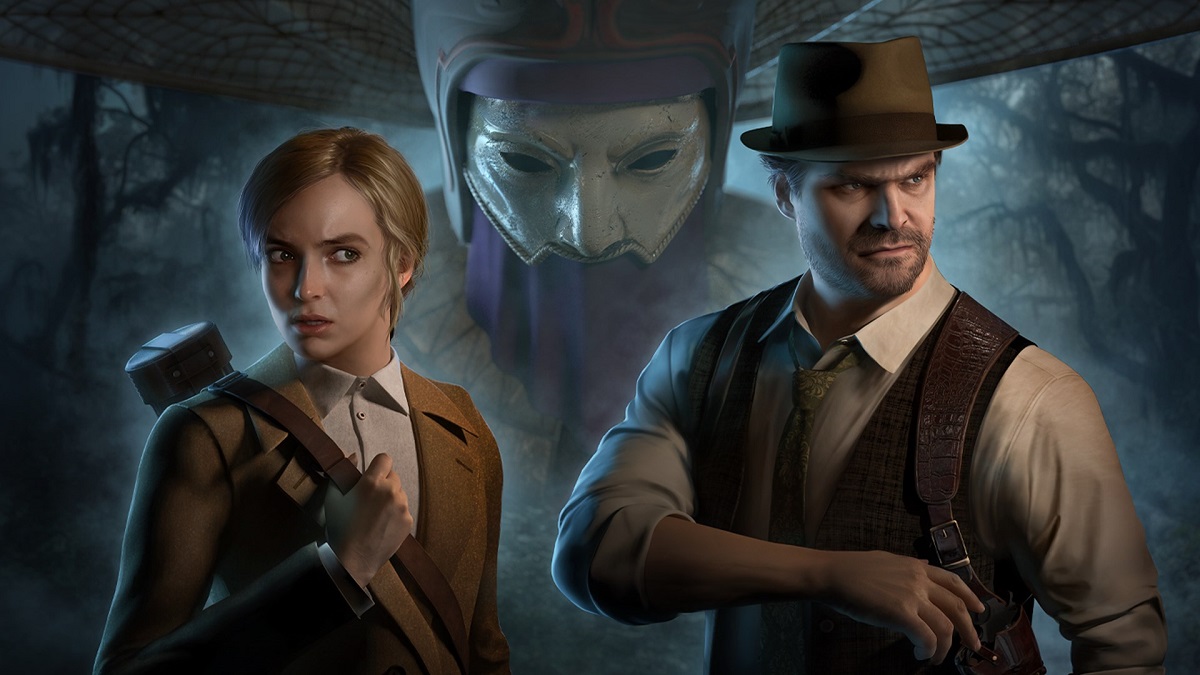Tiebreak Tennis is Big Ant Studios’ latest title (the same studio behind the two AO Tennis titles as well as Tennis World Tour 2). About a month ago, it was released on Steam as an Early Access title. There’s still a lot to come (and we all know Big Ant loves its patching after release feedback comes through too), but already things are in a very good place. In fact, his could well grow to be the greatest tennis simulation we’ve seen in quite some time. If not ever.
Note: I don’t know how many more times I should put this disclaimer, but I worked with Big Ant in a PR capacity in the past. That role ended around three years ago, and I have had absolutely nothing to do with Big Ant’s games since.
Tennis is a difficult game to do justice to in video game form. When a sport is one-on-one, as tennis is, there are no hiding weaknesses in AI and systems behind the chaotic flow of teams moving around one another. In big team sports, one match will inevitably be different to the next because there are just so many different ways that a match can flow. In this relatively limited sport, however, there’s you, the other player, and your entire focus is fixated on that one opponent. As the entire experience of that match is so focused, it means that each opponent needs to be different to play, in terms of their shot selection and temperament, because otherwise there won’t be any variety from one match to the next.
When you think about it, this is fundamentally why people enjoy tennis anyway. Some players feel the need to go for big winners early and play higher-risk tennis. Others need to be more counter-punchers. Some players like a more subtle game, while others rely on their raw physical capabilities. A tennis tournament is like a bunch of superheroes coming together in a comic book – they’re all going to go about the job differently, and the thrill is in seeing their different “powers” in action. It’s a fundamentally different dynamic to team sports, and much (much) harder to capture in video game form. Imagine a fighting game where every character had the same move set. That’s a tennis game if all your opponents play the same way.
A tennis video game not only needs to capture that variety in play styles to be a tennis video game, but it’s also important that the developers build flaws into the AI. Tennis is as much a sport of capitalising on the opponent’s mistakes as it is a sport where victory is achieved through your own play, and so the AI also needs to make mistakes, because if the opponent is a wall it breaks immersion. And yet at the same time, not only do those mistakes need to be believable and within statistically accurate ranges, they need to be carefully designed so they don’t make the game too easy for the player to manipulate.
Related reading: Our review of Cricket 24, also by Big Ant.
Getting a sense of just how complex tennis is to convert into a video game? Well, on top of that, the movement around the court needs to be accurate. Tennis is also an incredibly complex sport, mechanically. Real players spend decades honing the shift in balance between their feet, their movement both side to side and forward and backwards, positioning and the intricacies of a wide range of shots. There’s also the courts, too, with surfaces all behaving differently based on weather and the material of the court itself.
The point here is that if you treat tennis like a glorified game of Pong, where you simply manipulate the ball around and try to work the angles, then you’re not going to deliver a particularly satisfying game of tennis. Big Ant itself has struggled with this over the time it has been working on tennis games. Some of its titles have had clumsy movement systems where players feel like they’re floating and sliding across the court, rather than using explosive, compression-based starts and stops like real players. Other times Big Ant has struggled to make the opponent on the other side of the court interesting to play against. Online opponents are one thing – a real person is going to be a unique experience through their avatar just as an opponent in a real match will be. However, for anyone playing solo, too often Big Ant’s tennis games pit you against a gauntlet of visually different, but mechanically similar players, that you end up playing in the exact same way, over and over again, on the way to the trophy.
With Tiebreak Tennis, Big Ant is coming really close to nailing the movement and dynamics of tennis. There’s a good feeling of momentum from the frequent moments of inertia that dominate tennis dynamics. Swinging the racquet feels good as well. Big Ant’s tennis games have frequently been overly punishing if you fail to time swings just right, but thanks to the variable movement and speed of the ball, and a general lack of information in the UI, it’s been very difficult to actually swing the racquet as intended.
Here, however, everything from the windup, release, and shot direction makes intuitive sense, and it’s always accompanied with a satisfying sense of impact between racquet and ball. Of course, it’s not perfect. Shots (especially serves) tend to drag players into court while also making backing into the right position more difficult than it should be. Consequently, it’s a little too easy to drag the first shot down into the net. However, despite these issues it’s very, very good. And, importantly, consistent. With Tiebreak Tennis you’re not going to be surprised by weird things happening at odd moments.
Mechanically the shot-making is smooth, streamlined and elegant. There are some foibles for the developer to work though, but based on where the game is at I am confident that they will be addressed. For example, serving down the line is the only way I’ve been able to get aces, and I get too many aces that way. I would also like volleying to behave different to the baseline game. Too often your player will take a big swing at a shot when they’re at the net, as though they were playing a baseline shot. As someone who loved playing a net game when I did played the sport, I wish Big Ant would better reward the soft touch that net play requires. Finally, I do find the game too weighted towards cross-court play. Every time I’ve tried a down-the-line shot I’ve been punished for it. So I now hit more than 99% of my winners cross-court. This is obviously a problem since the down the line shot is one of the most potent and exciting aggressive shots you can play. It’s risky, but the reward is something that is crowd-pleasingly flashy and demoralising to the opponent.
Despite these issues, for the most part, Tiebreak Tennis really does play nicely. Winners feel great. The different types of shots have all been modelled and behave authentically – a slice works as a defensive shot nicely now, and you can actually feel when you’ve managed to work yourself into a place where you can swap from defence to attack. The AI does make errors at a good and believable rate. The stats that accumulate are not entirely authentic to the kind of stats you’d see pop up at the end of a real game (in short – you’re going to hit vastly more winners and errors than your opponent), but this is understandable because, wisely, Big Ant did leave victory or loss on your racquet. However, while those stats are a little unauthentic the point is that you will see moments where the AI over or undercooks a shot often enough, and that contributes to a believable sensation of the sport.
Related reading: Also by Big Ant, AFL 23 is a take on Australia’s favourite sport. Our review.
The one big issue that this game really needs to address is that the behavioural AI really does need work. Big Ant has always been good in creating authentic-looking players through its licensing, and that’s the same with Tiebreak Tennis. The number of players is limited, for now – Early Access and all that – but they look the part and there are many more coming. It’s just that they don’t behave like their real-world personas on any level. You will, unfortunately, play every opponent in exactly the same way because every opponent plays exactly the same way. Throw the difficulty up and it’ll be hard to win, but the difficulty setting is different from AI and it’s disappointing that Big Ant has never really invested in AI development across any of its sports games. They’re always entertaining to play, and once the bugs have been squashed mechanically very sound experiences. They look great for a developer a fraction of the size of an EA or 2K Games. But an AI specialist or two really needs to be a priority hire now. Not only will they make the matches more challenging and varied, but they’ll add some much needed personality into the gameplay.
I’m not entirely sure what the plan is with regards to gameplay modes and the like moving forward. Currently, under Early Access, you can only really play a single match or a tournament (which, thanks to the aforementioned AI issues, is a sequence of single matches rather than the journey to victory it should be). I do hope that Big Ant includes an enhanced story mode, which they toyed with in AO Tennis 2. For a first effort, that was enjoyable and helped to give the game a sense of context that made playing all those matches worthwhile. The Early Access roadmap published on the Steam page implies that career mode is coming in April/May, so I have my fingers crossed.
Overall, I am very, very enthusiastic about Tiebreak Tennis, and many of the issues that I have with it are easily explained away as in-progress from an Early Access title. With Big Ant’s previous tennis games, you could always admire the effort and commitment to the sport, but you also had to love them through the flaws. This one is starting from a much, much higher base and while the nature of the sport of tennis means that there will always be the need to refine and improve, the Early Access state of Tiebreak Tennis shows that the Big Ant team has really immersed themselves in learning the sport, and that is paying dividends. This game is worth your time.
Buy the hottest games with Amazon.
By purchasing from this link, you support DDNet.
Each sale earns us a small commission.
